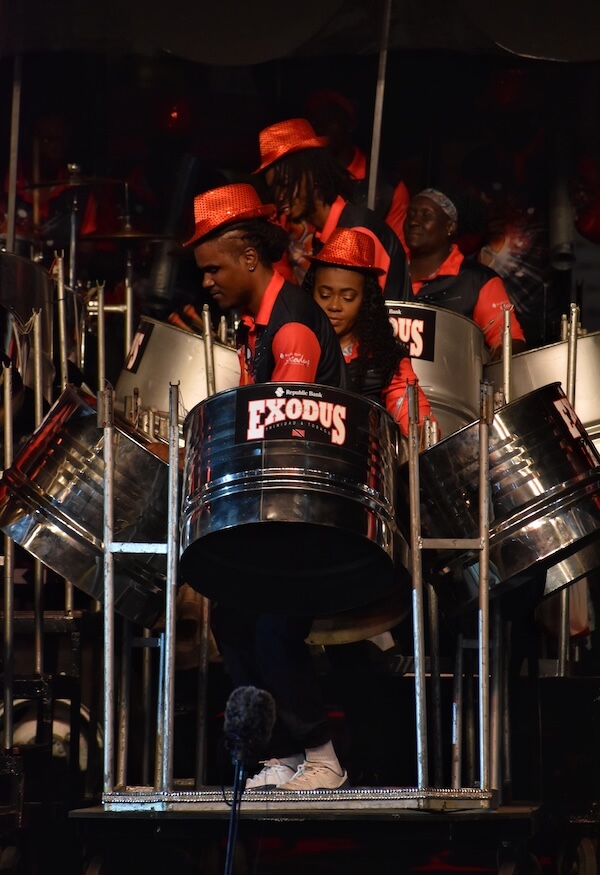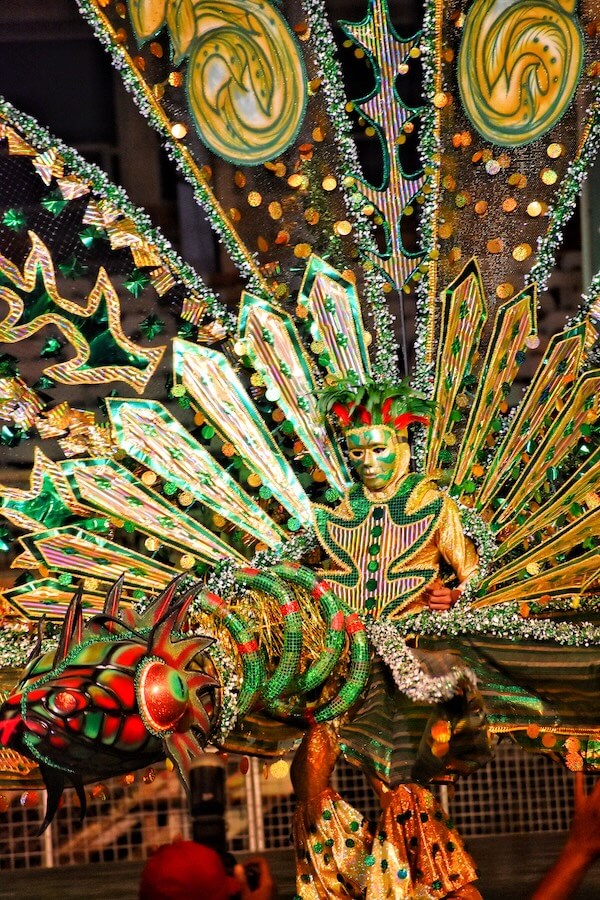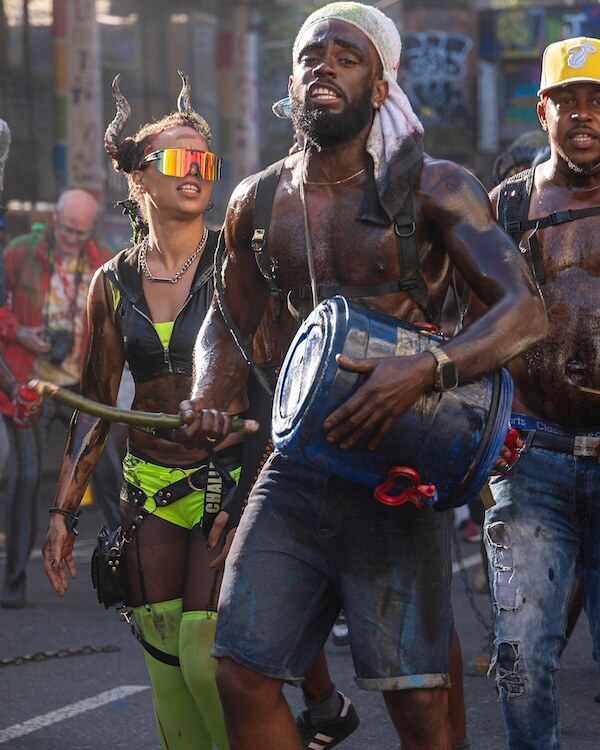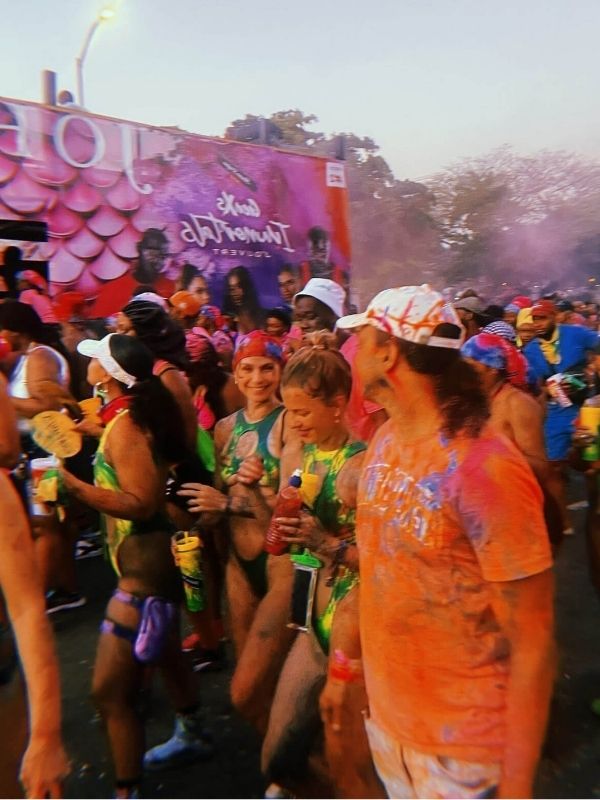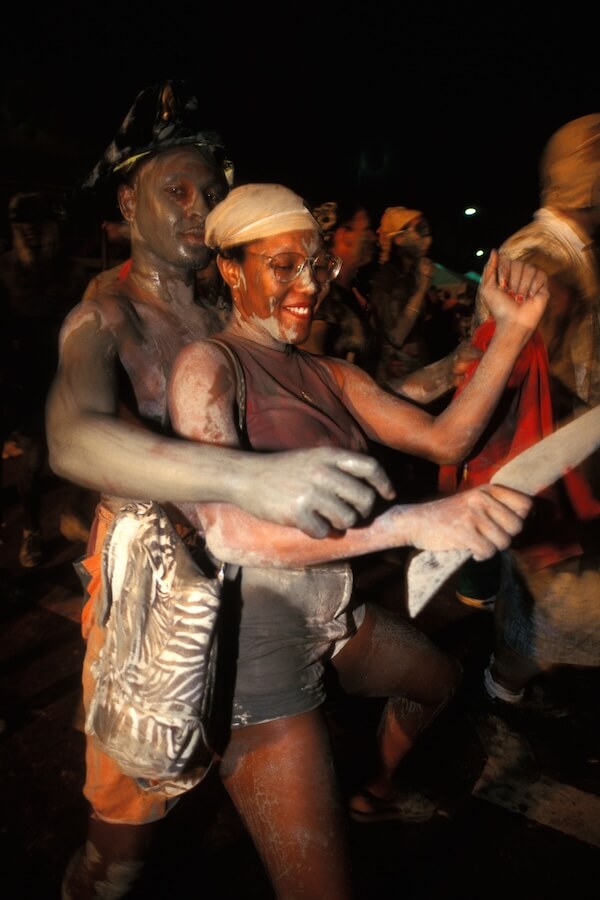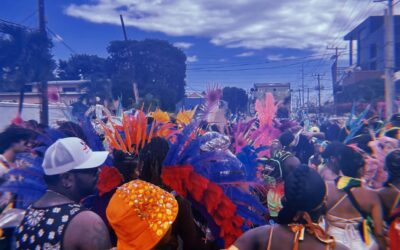The History of Caribbean Carnivals
One love, enjoy every moment on this beautiful island!
Caribbean Carnivals are globally celebrated events known for their exuberant parades, vibrant costumes, and enthralling musical rhythms. Although many people think of them primarily as colorful street parties, these festivities are deeply rooted in centuries of historical struggles and cultural exchange. Far more than seasonal celebrations, they symbolize a complex tapestry of resistance, identity, and unity. For visitors, understanding these origins and the cultural importance they carry can vastly enrich the Carnival experience.
The History of Caribbean Carnivals
Cultural Roots and Historical Origins
Carnival as Resistance
Distinctive Traditions Across Islands
The Canboulay Riots in Trinidad
Modern-Day Carnivals and Commercialization
Embracing Carnival with Respect
Cultural Roots and Historical Origins
The story of Caribbean Carnivals begins in the 18th century, when French and Spanish colonists introduced pre-Lenten festivals to the islands. These early masquerade balls were exclusive gatherings for the wealthy, leaving enslaved Africans barred from participation. In response, enslaved communities developed their own celebrations, merging traditional African music, dance, and spiritual practices with the European masquerade format. Over time, these parallel festivities evolved into the Caribbean Carnival, characterized by rhythmic drumming, call-and-response singing, and the use of percussion instruments such as tambourines, shakers, and later, steelpans.
For visitors, it is helpful to know that some Carnival traditions still retain traces of African spiritual and cultural elements. In various islands, you may encounter processions that feature stilt-walkers (Moko Jumbies), portrayals of characters like the jab jab (devils), or African-influenced rhythms like the goombay drum in the Bahamas. Recognizing these elements can deepen one’s respect for the historical underpinnings of Carnival and the remarkable resilience of its practitioners.
Carnival as Resistance
At its core, Carnival has functioned as a vehicle for resistance from its earliest days. Under oppressive colonial regimes, enslaved Africans used these festivities to challenge social hierarchies, often by mimicking or satirizing their oppressors through exaggerated costumes and lively performance. These acts of mockery were more than just entertainment; they were a way to undermine the restrictive norms of the time. After emancipation, Carnival celebrations continued to act as a conduit for cultural expression, preserving dances, songs, and other artistic forms that might otherwise have been lost.
When attending Carnival, visitors will likely see or hear elements that reference social or political issues. From band themes that comment on current affairs to traditional characters that symbolize historical struggles, there is depth and symbolism woven into nearly every performance. Engaging with locals – whether through conversation, guided tours, or museum exhibitions – can give travelers valuable insights into this resistance narrative and a deeper appreciation for Carnival’s cultural significance.
Distinctive Traditions Across Islands
Each Caribbean territory developed its own style of Carnival over the centuries, shaped by local history, demographics, and musical heritage. Trinidad and Tobago’s Carnival, strongly influenced by French cultural practices, is renowned for its steelpan orchestras, soca music, and “Mas” bands featuring elaborate feathered and beaded costumes. Jamaica’s Carnival, which rose to prominence in the 1990s, infuses the island’s signature dancehall and reggae sounds, lending it a distinct flavor that differs from its Trinidadian counterpart. Barbados, for instance, celebrates Crop Over – originally marking the end of the sugarcane harvest – with its own unique traditions like the Grand Kadooment parade.
For visitors eager to explore multiple Carnivals, note that these events often take place at different times. Trinidad and Tobago’s Carnival typically occurs just before Lent, while Jamaica’s Carnival often happens around Easter, and other islands have their own unique schedules. Researching these dates can help travelers plan a multi-island Carnival tour, experiencing the full range of musical, culinary, and cultural offerings across the region.
The Canboulay Riots in Trinidad
A pivotal chapter in Carnival history unfolded in Trinidad in 1881 during the Canboulay Riots. Drawing from the French term cannes brulées (“burnt canes”), Canboulay commemorated the harvest festivities once led by enslaved Africans. British colonial authorities, threatened by the drumming, stick-fighting, and overall communal power of these gatherings, attempted to clamp down on the celebrations. Trinidadians resisted, resulting in the Canboulay Riots – a turning point that underscored Carnival’s importance as a cultural and political expression.
Today, echoes of the Canboulay tradition can be found in J’Ouvert (“daybreak” in French), an early-morning event characterized by revelers dancing through the streets covered in paint, mud, or oil. For visitors, taking part in J’Ouvert can be a thrilling experience, but it also serves as a reminder of Carnival’s roots in defiance and community solidarity. Observing or joining with mindful respect adds depth to any trip to Trinidad during Carnival season.
Modern-Day Carnivals and Commercialization
In recent decades, Caribbean Carnivals have captured global interest, with diaspora communities hosting their own versions in major cities worldwide, such as Caribana in Toronto and Notting Hill Carnival in London. This popularity has spurred increased corporate sponsorship and a surge in all-inclusive, ticketed events. While this expansion injects valuable tourism revenue into local economies, some long-standing participants worry about the risk of overshadowing grassroots traditions. Costumes can be expensive, and large-scale productions sometimes leave out smaller bands and community-based performances that are foundational to Carnival’s inclusive spirit.
For visitors, it is beneficial to explore both the headline events and more intimate street parties or cultural showcases. Staying in locally run accommodations, seeking out smaller “fetes” (parties), and engaging directly with artisans and musicians can help sustain the local economy while preserving Carnival’s communal essence. Many islands also host cultural workshops where travelers can learn about Carnival costume-making, steelpan music, or traditional dances, offering an immersive, respectful way to participate.
Embracing Carnival with Respect
Ultimately, Caribbean Carnivals are living testaments to a rich heritage forged from both adversity and triumph. They pay homage to ancestral histories, cultural resilience, and the power of collective celebration. As a visitor, it is crucial to remember the deep cultural significance of these events and to approach them with respect for their historical and social roots. Whether dancing alongside costumed bands, experiencing the electrifying pulse of steelpan rhythms, or simply observing the spectacle, taking the time to learn about Carnival’s past enhances the experience immensely.
In essence, Caribbean Carnivals transcend their outward displays of color and music. They are dynamic, evolving commemorations of centuries of cultural interaction, resistance, and innovation – an extraordinary blend of art and activism. Far more than festive gatherings, these events stand as enduring symbols of identity, unity, and hope for the Caribbean and its global diaspora. By approaching Carnival with curiosity, understanding, and reverence, visitors can help honor and sustain these vibrant traditions for generations to come.
News
Best spas in Kingston Jamaica to recover from carnival mashup
Jamaica’s carnival is an explosion of vibrant energy, soca beats, and mad road march – a once-in-a-lifetime experience that leaves you buzzing with excitement. However, the nonstop dancing, endless festivities, and high-octane atmosphere can be extremely exhausting....
Kingston’s best restaurants and food spots – Let the big belly season begin
In town for carnival and on the hunt for the best restaurants in Kingston? Check out our guide packed with hidden gems, fine dining, and cultural hotspots to help you soak up the true Jamaican vibe. Get ready for an epic culinary adventure that celebrates all the...
Carnival Tips for the Road: How to Stay Safe, Stylish & Stress-Free
Whether you’re jumping in Jamaica or heading to a Carnival abroad, road vibes are unmatched. But behind every glittering costume and perfect slow-mo wine is some smart planning and good old common sense. Carnival might look effortless, but trust — it takes some...

